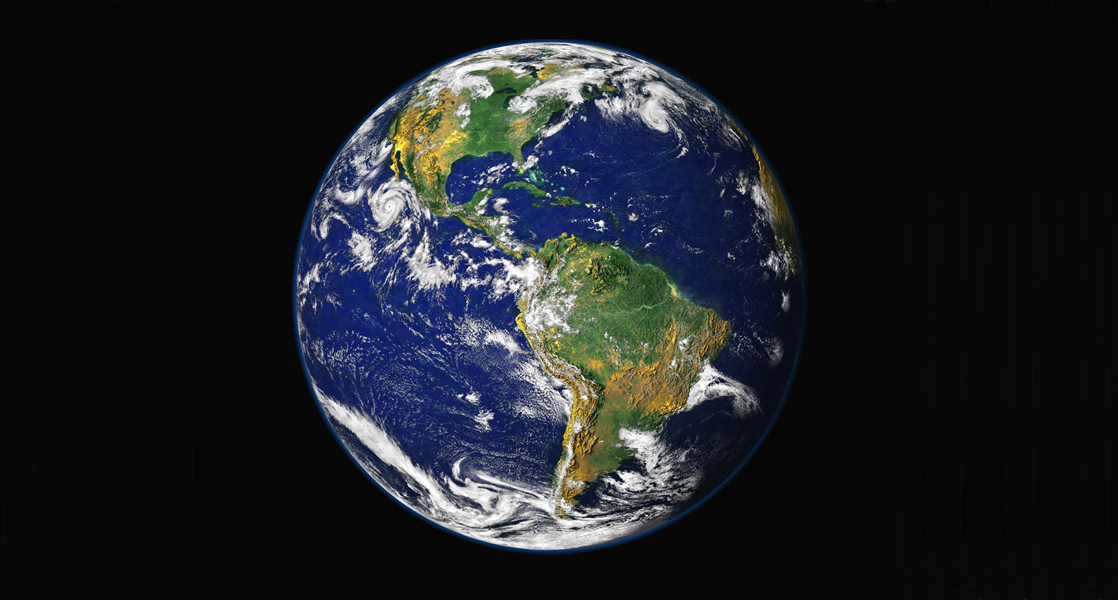
|

1.1 The study of life Read Online

Viewed from space, Earth offers no clues about the diversity of life forms that reside there. The first forms of life on Earth are thought to have been microorganisms that existed for billions of years in the ocean before plants and animals appeared. The mammals, birds, and flowers so familiar to us are all relatively recent, originating 130 to 200 million years ago. Humans have inhabited this planet for only the last 2.5 million years, and only in the last 200,000 years have humans started looking like we do today.
Chapter 39: The Respiratory System MCQ Multiple Choices Questions Quiz Test Bank
39.1 Systems of Gas Exchange
39.2 Gas Exchange across Respiratory Surfaces
39.3 Breathing
39.4 Transport of Gases in Human Bodily Fluids
Question: Air is warmed and humidified in the nasal passages. This helps to ________.
Choices:
ward off infection
decrease sensitivity during breathing
prevent damage to the lungs
all of the above
Question: How would paralysis of the diaphragm alter inspiration?
Choices:
It would prevent contraction of the intercostal muscles.
It would prevent inhalation because the intrapleural pressure would not change.
It would decrease the intrapleural pressure and allow more air to enter the lungs.
It would slow expiration because the lung would not relax.
Question: Alveolar ventilation remains constant when ________.
Choices:
the respiratory rate is increased while the volume of air per breath is decreased
the respiratory rate and the volume of air per breath are increased
the respiratory rate is decreased while increasing the volume per breath
both a and c
Question: Which is the order of airflow during inhalation?
Choices:
nasal cavity, trachea, larynx, bronchi, bronchioles, alveoli
nasal cavity, larynx, trachea, bronchi, bronchioles, alveoli
nasal cavity, larynx, trachea, bronchioles, bronchi, alveoli
nasal cavity, trachea, larynx, bronchi, bronchioles, alveoli
Question: Of the following, which does not explain why the partial pressure of oxygen is lower in the lung than in the external air?
Choices:
Air in the lung is humidified; therefore, water vapor pressure alters the pressure.
Carbon dioxide mixes with oxygen.
Oxygen is moved into the blood and is headed to the tissues.
Lungs exert a pressure on the air to reduce the oxygen pressure.
Question: The total lung capacity is calculated using which of the following formulas?
Choices:
residual volume + tidal volume + inspiratory reserve volume
residual volume + expiratory reserve volume + inspiratory reserve volume
expiratory reserve volume + tidal volume + inspiratory reserve volume
residual volume + expiratory reserve volume + tidal volume + inspiratory reserve volume
Question: Which of the following will NOT facilitate the transfer of oxygen to tissues?
Choices:
decreased body temperature
decreased pH of the blood
increased carbon dioxide
increased exercise
Question: Restrictive airway diseases ________.
Choices:
increase the compliance of the lung
decrease the compliance of the lung
increase the lung volume
decrease the work of breathing
Question: The majority of carbon dioxide in the blood is transported by ________.
Choices:
binding to hemoglobin
dissolution in the blood
conversion to bicarbonate
binding to plasma proteins
Question: The respiratory system ________.
Choices:
provides body tissues with oxygen
provides body tissues with oxygen and carbon dioxide
establishes how many breaths are taken per minute
provides the body with carbon dioxide
Question: The inspiratory reserve volume measures the ________.
Choices:
amount of air remaining in the lung after a maximal exhalation
amount of air that the lung holds
amount of air the can be further exhaled after a normal breath
amount of air that can be further inhaled after a normal breath